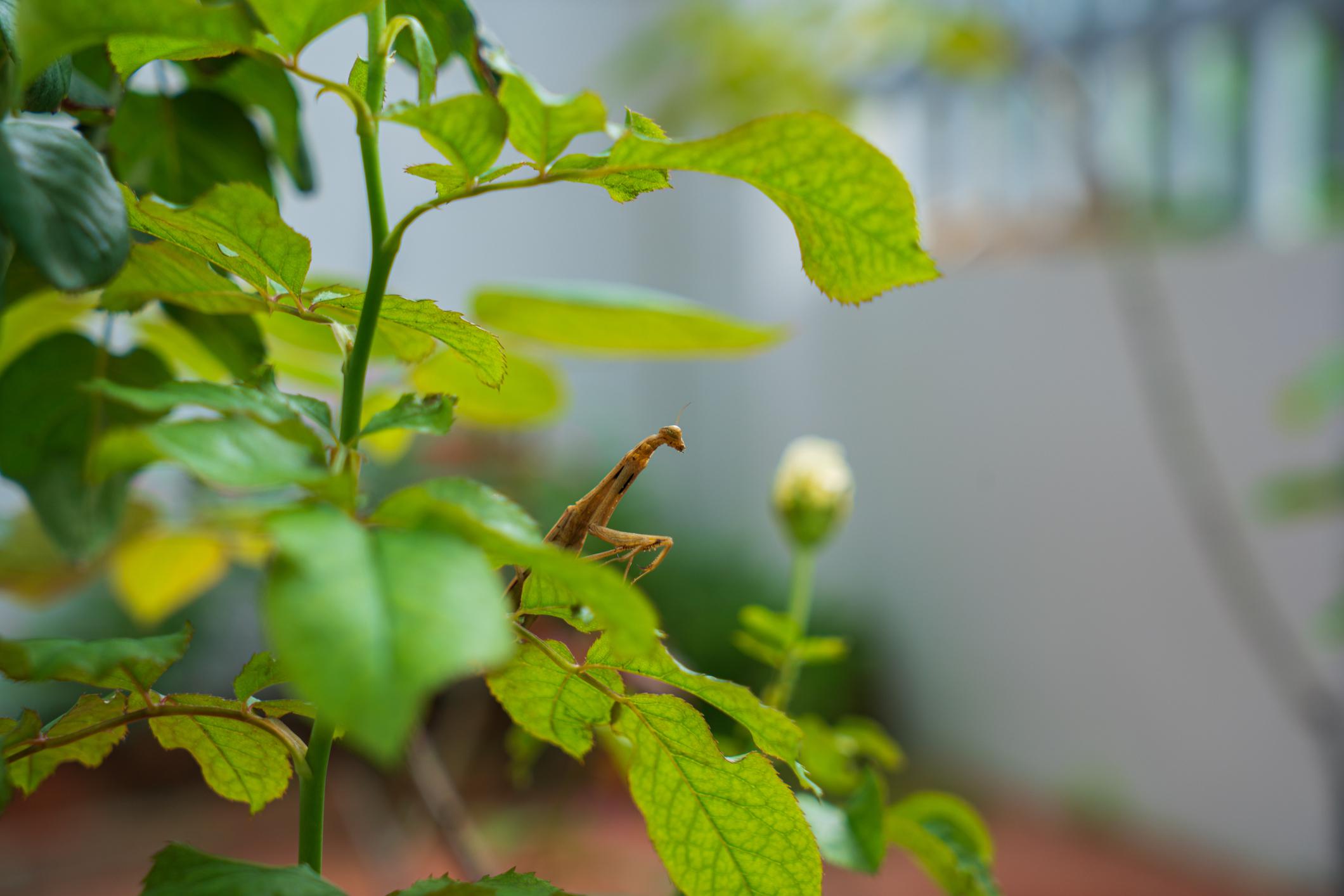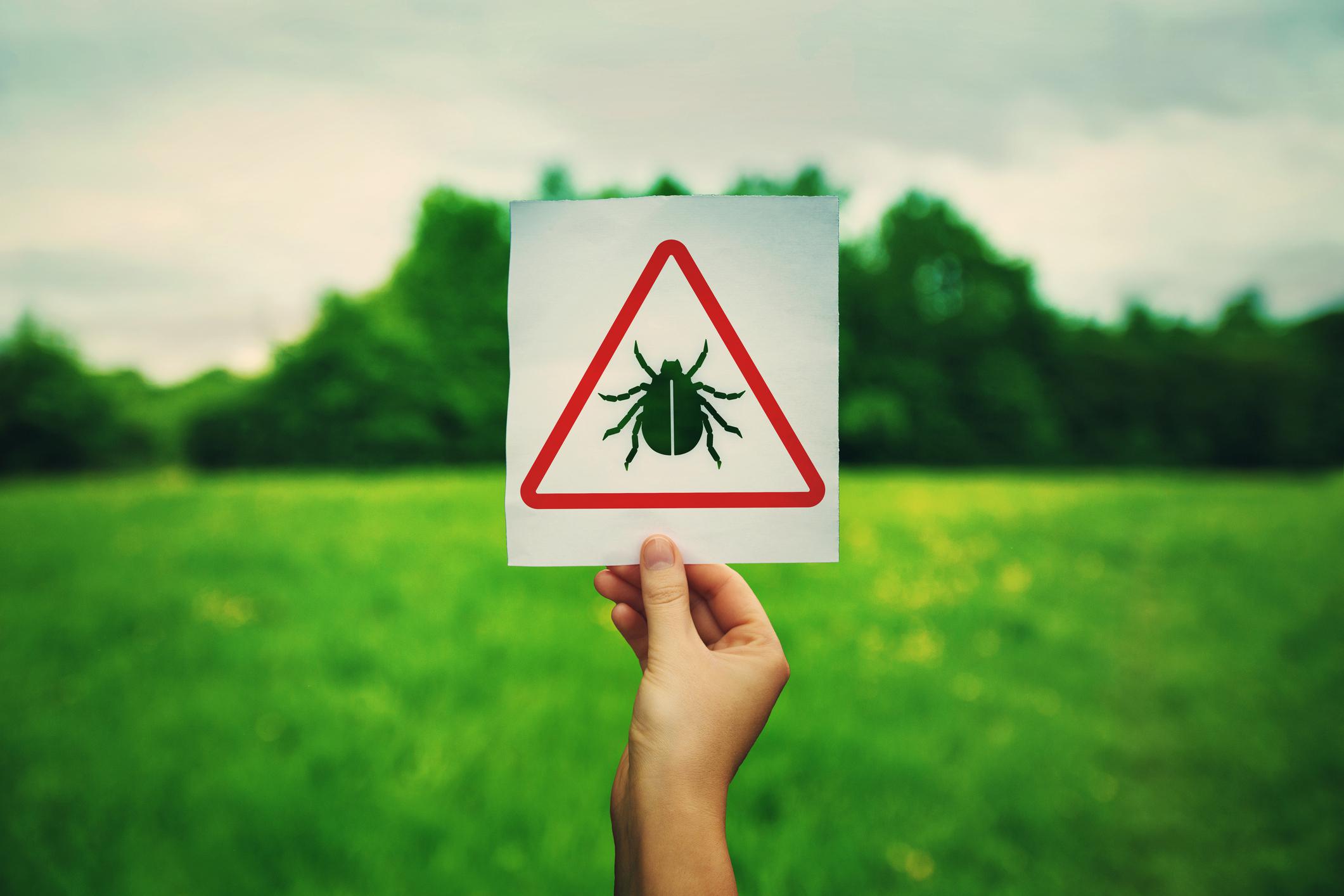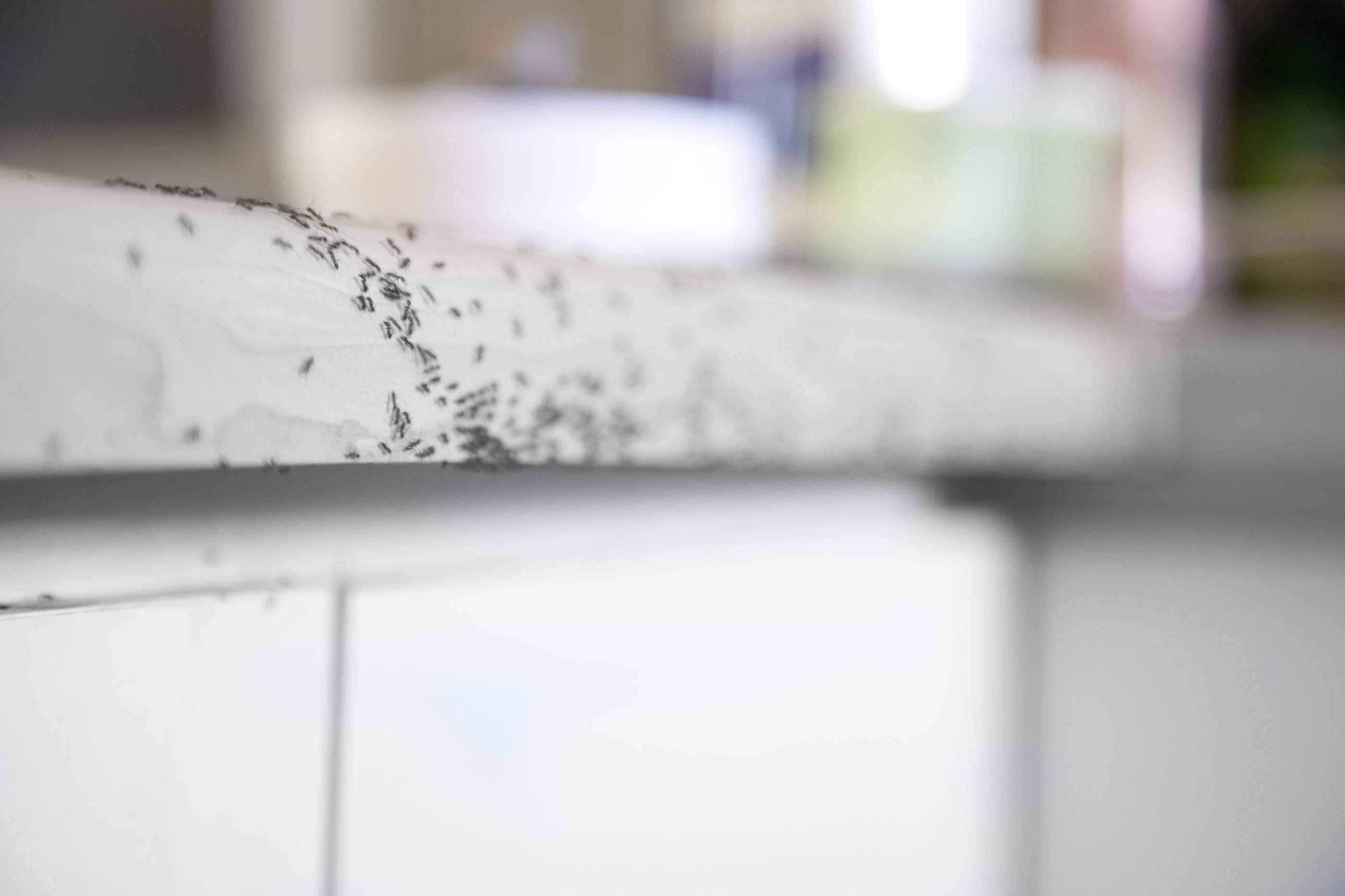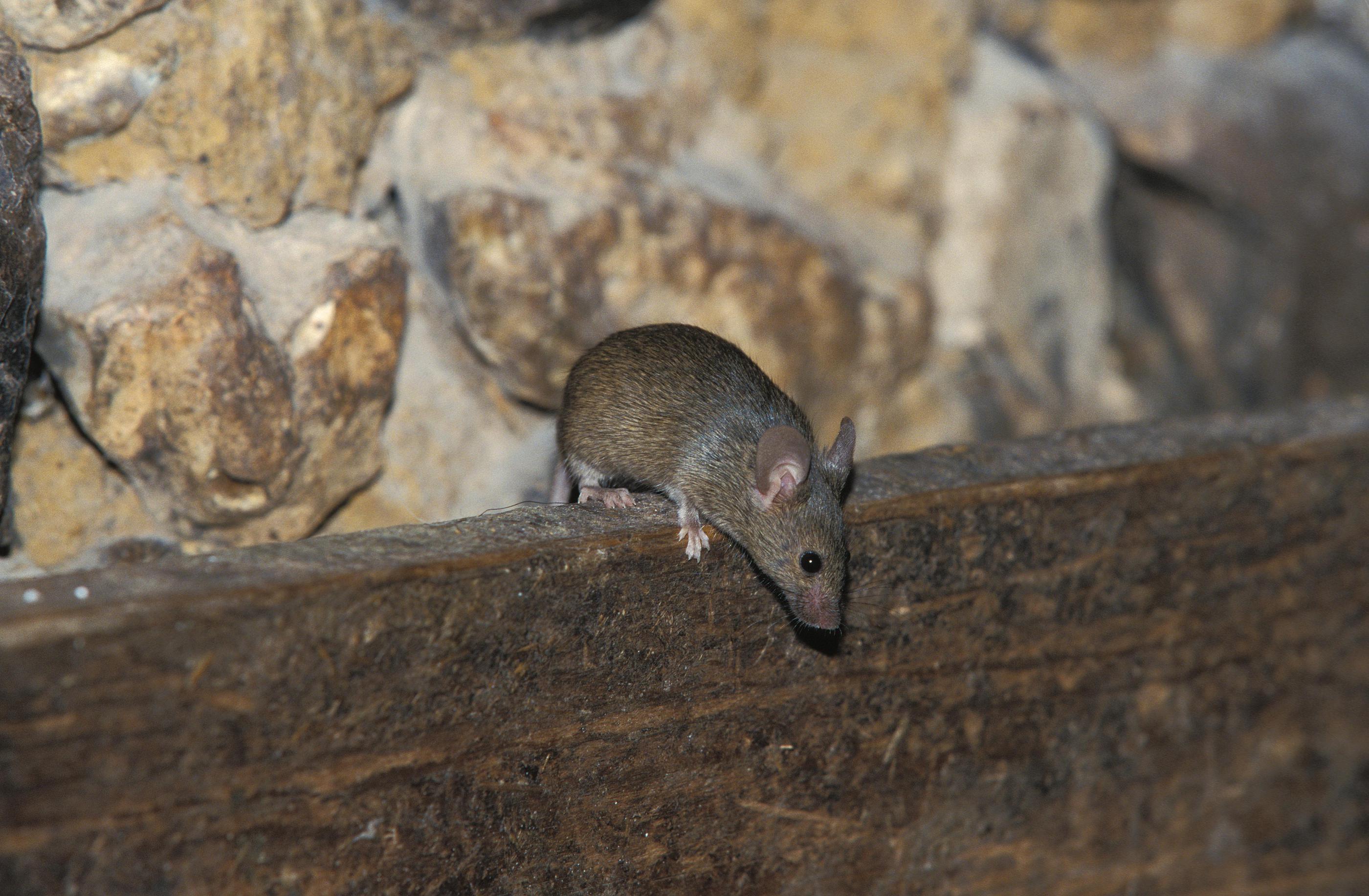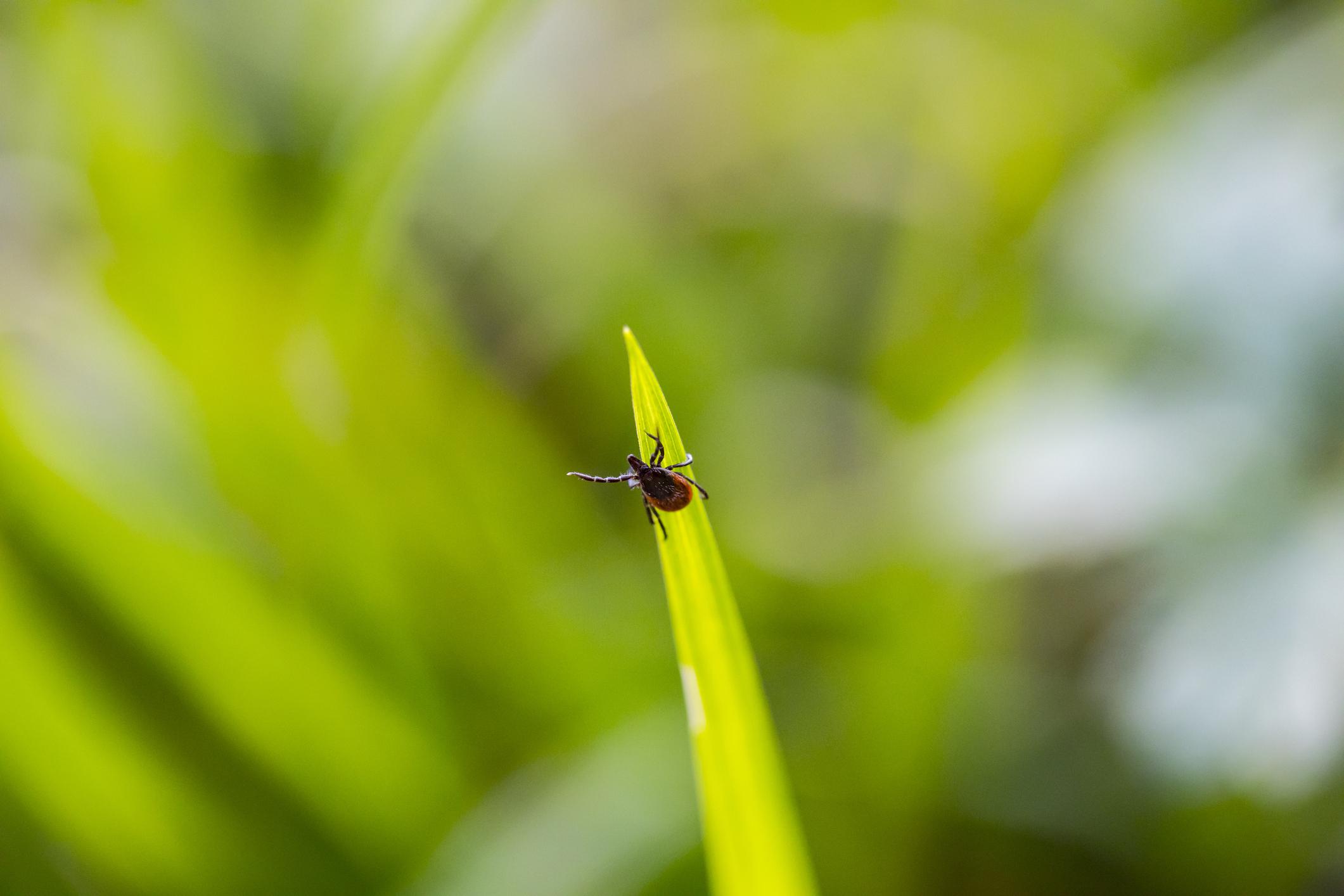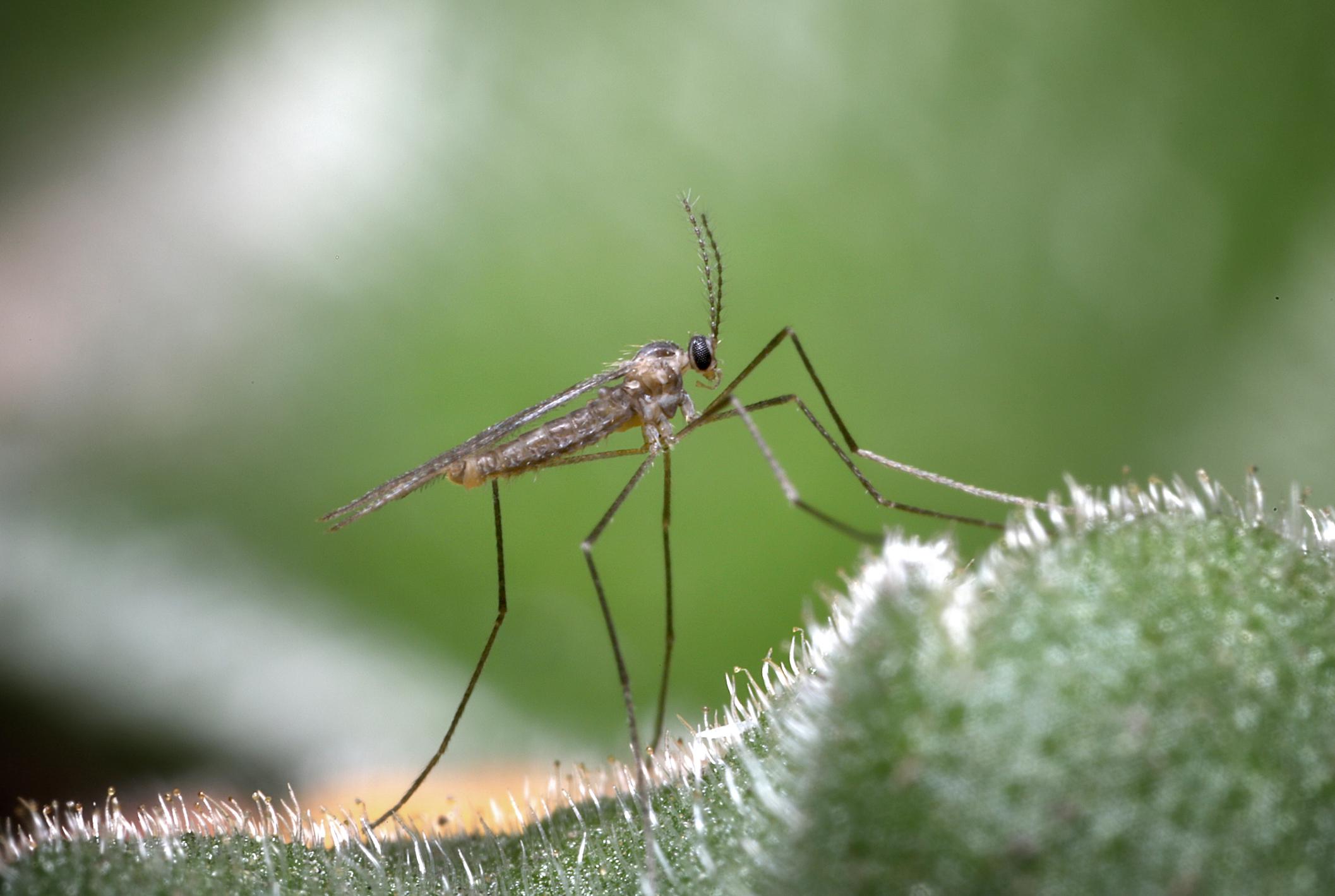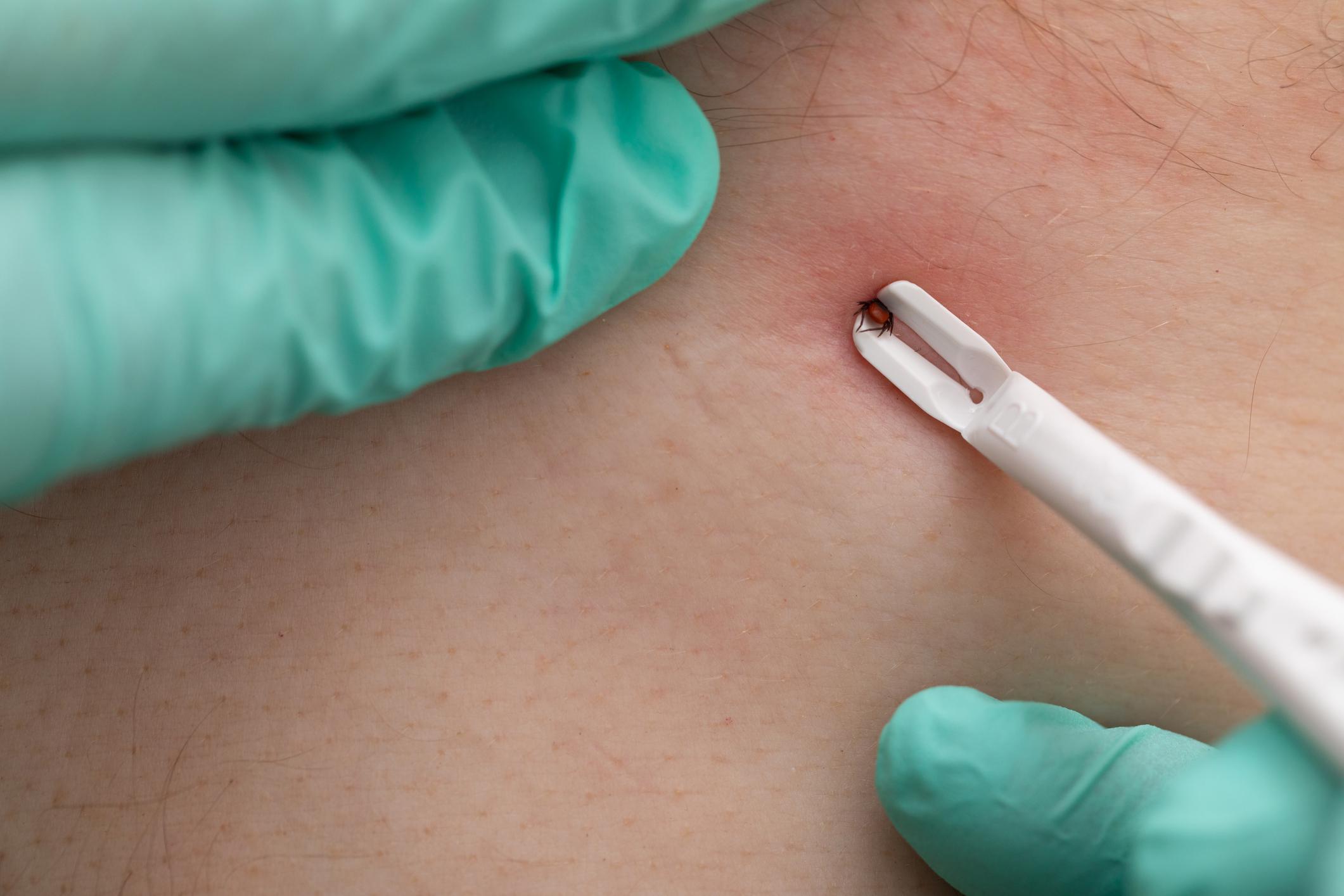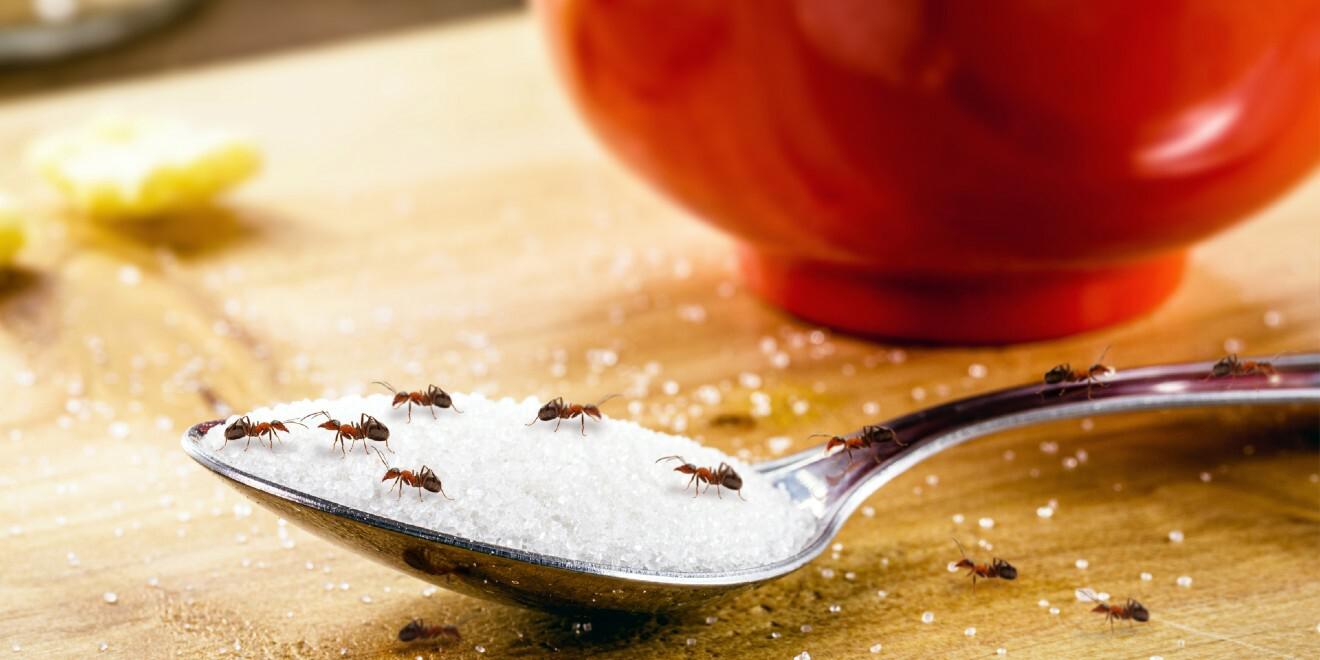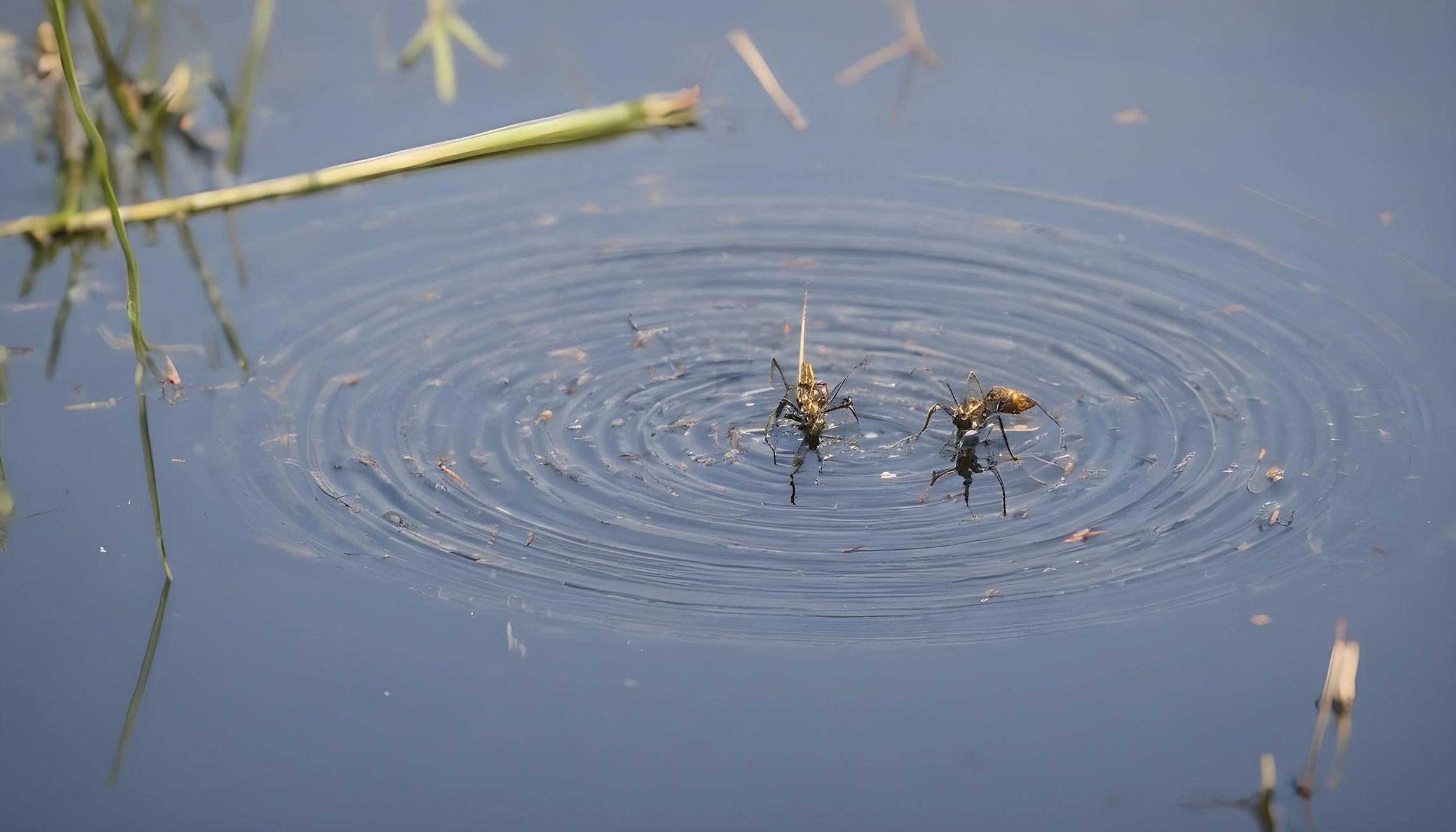What types of mosquitoes can be found in Greater Jacksonville and Ponte Vedra?
Posted by Mosquito Squad
July 18, 2017
We have previously discussed the two most notorious types of mosquitoes in the Jacksonville and Ponte Vedra area, but did you know there is a total of 47 different types of mosquitoes that make the Jacksonville area their home? Not all mosquitoes carry disease, and not all mosquitoes cause a problem for humans and our pets, but the following list of fourteen mosquitoes covers the most common mosquitoes you may come across while enjoying the outdoors locally.
Aedes Aegypti is also known as the Yellow Fever Mosquito. A small black mosquito with silvery markings on its back, it is active during the day and breeds in containers with standing water that can include buckets, tires, children’s toys, even your Bromeliad plants. It can transmit Yellow fever, Zika Virus, Dengue fever, and Chikungunya. This mosquito was responsible for the Jacksonville Yellow fever quarantine of 1888.
Aedes albopictus is also known as the Asian Tiger Mosquito. It is also a small black mosquito but with a distinctive white line on its head and feeds during the daytime. It is a container breeder often found in urban areas. Aedes Albopictus can transmit Chikungunya, Dengue fever, Zika virus, and Dirofilariasis.
Aedes infirmatus and Aedes tormentor are commonly known as the Woodland Mosquito. Medium dark brown mosquitoes, they breed in wooded areas and open fields where rain pools temporarily form. Treating water sources is the best method of containing them. These mosquitoes can carry West Nile Virus but are not a known transmitter of disease to humans or animals.
Aedes solicitans is commonly called the Golden Salt Marsh Mosquito. Medium to large, these brown mosquitoes have yellow accents on their legs, thorax, and abdomen. More active at dusk and dawn, these mosquitoes can be found in the Jacksonville salt marshes and are known to fly up to 25 miles from the breeding source for a blood meal. Luckily this mosquito is not known to transmit disease.
Aedes taeniorhynchus is likely known to you as the Black Salt Marsh Mosquito. A small to medium dark brown to black mosquito with stripes on its legs and abdomen. More active at dusk and dawn, this mosquito can transmit heartworms to dogs and carry West Nile Virus, but it is not known if it can transmit West Nile Virus to humans.
Anopheles crucians complex includes a group of three mosquitoes that look very similar. Medium sized with dark colors, and a spotted wing pattern, these mosquitoes have long legs. They like ponds, swamps and some even like brackish water. These mosquitoes feed at night and can carry malaria but are not known to commonly transmit malaria.
Anopheles quadrimaculatus is known as the Malaria Mosquito because it is the primary mosquito for transmitting Malaria in Eastern North America. A medium dark brown mosquito, it has four spots on the wings. They prefer ponds and swamps and feed after dark, preferring large mammals and humans.
Culiseta melanura is a mosquito mostly known for the disease it commonly transmits, Eastern Equine Encephalitis virus. Triple E is a virus that can be deadly to humans but commonly affects horses and some bird species. It is a medium sized, medium brown, non-distinct mosquito that breeds in ground pools in wooded areas. It can overwinter as an adult and is often the first mosquito flying in the spring.
Culex nigripalpus is common throughout Florida; they carry many diseases including West Nile virus, Japanese encephalitis, St. Louis encephalitis, and Eastern Equine encephalitis. Commonly found in ditches, these mosquitoes are dark brown to bronze and small with no distinct features. They prefer birds but will bite mammals.
Culex pipiens quinqefasciatus is the Southern House Mosquito. This mosquito is commonly found in septic or dirty water like ditches and catch basins. It is the primary vector of St. Louis encephalitis and also transmits West Nile virus. This mosquito is very common but is a non-distinct, medium-sized mosquito with dark brown to bronze coloring and pale bands across its abdomen.
Psorophora ciliata is the Feather-Legged Gallinipper Mosquito. Its heavy scales give the appearance of feathers. It is a large mosquito with noticeable yellow and black banded legs. Flooded fields make great breeding grounds, and their eggs can hatch years later when a water source is added. These mosquitoes are infamous for their aggressive biting. While they have tested positive for a variety of encephalitis, and West Nile virus, they are not considered to be a vector.
Psorophora columbiae is a medium to large, black mosquito that is known as the Black Gallinipper Mosquito. The persistent vicious biters have been known to kill cattle from swarming in large numbers. They breed in open fields flooded after rain showers. This mosquito transmits Venezuelan Equine encephalitis
Toxorhynchities species are known as Cannibal Mosquitoes and they don’t require a blood meal. They feed on other mosquito larvae when they are in the larval stage and are considered beneficial. These very large brightly colored mosquitoes vary from white and metallic blue markings on the thorax to purple and black legs. They lay their eggs in tree holes, tires, and buckets found in shady areas.
While these are just a small segment of the 47 species of mosquito found in the Greater Jacksonville and Ponte Vedra area, they cover the majority of what you’ll experience. Regardless of the type of mosquito on your property, we can help. Call today to learn how we can reduce the mosquitoes on your property by up to 90%.

